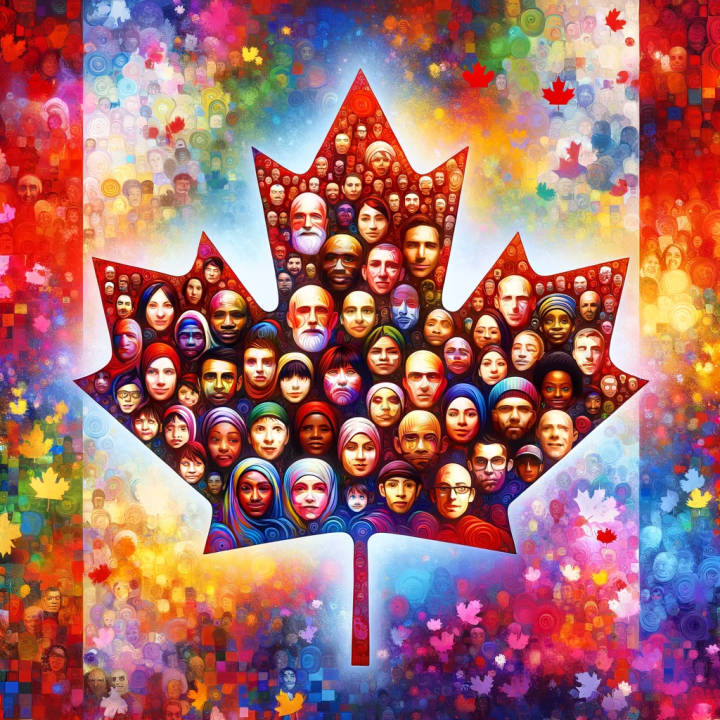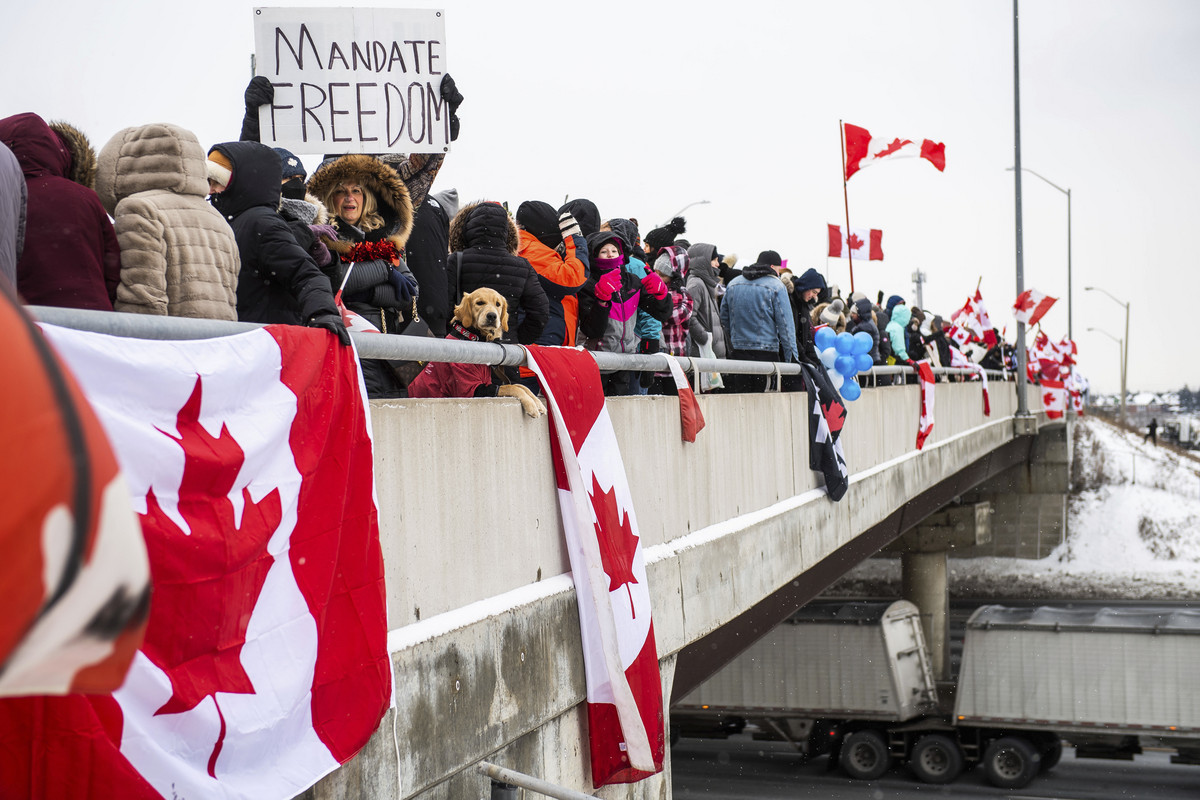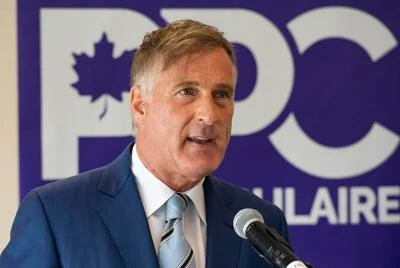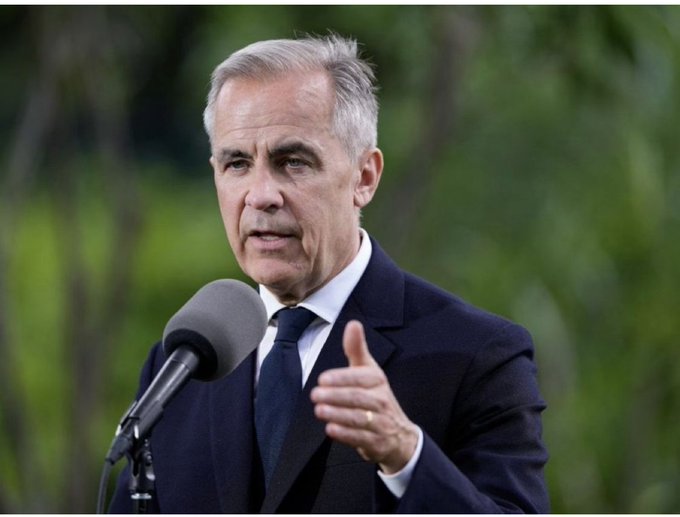The landscape of Canadian politics is an intricate tapestry woven with diverse threads of opinions, ideologies, and perspectives. As a nation known for its multiculturalism and inclusive ethos, Canada’s political landscape is a reflection of its rich diversity, where a multitude of voices contribute to the ever-evolving narrative of governance, policy-making, and societal progress.
At the core of Canadian politics lies a parliamentary democracy, blending elements of both the British and American systems. The nation operates under a constitutional monarchy, with the monarch serving as the ceremonial head of state, while the Prime Minister is the head of government. The federal government is composed of the House of Commons and the Senate, representing the elected and appointed members, respectively, fostering a system of checks and balances.
 Canada’s political spectrum encompasses a range of ideologies, from the liberal, conservative, and social democratic to the more progressive and nationalist viewpoints. The Liberal Party, historically advocating for centrist policies, has been a dominant force, while the Conservative Party stands as a significant opposition force, often championing fiscal conservatism and free-market principles. Additionally, the New Democratic Party (NDP) represents a social democratic stance, advocating for social justice and equality.
Canada’s political spectrum encompasses a range of ideologies, from the liberal, conservative, and social democratic to the more progressive and nationalist viewpoints. The Liberal Party, historically advocating for centrist policies, has been a dominant force, while the Conservative Party stands as a significant opposition force, often championing fiscal conservatism and free-market principles. Additionally, the New Democratic Party (NDP) represents a social democratic stance, advocating for social justice and equality.
One of the fundamental aspects shaping Canadian politics is the country’s commitment to multiculturalism and diversity. Canada prides itself on being a mosaic of cultures, beliefs, and identities, which significantly influences political discourse. Issues related to immigration, cultural integration, Indigenous rights, and diversity initiatives are integral parts of the political dialogue, often reflecting the complexities and nuances of a multicultural society.
The stance on environmental policies and climate change is another pivotal aspect of Canadian politics. With a vast expanse of natural landscapes, including forests, lakes, and Arctic regions, environmental conservation holds significant importance. Debates surrounding energy developement, carbon emissions, and sustainable practices have been at the forefront of political agendas, withh differing opinions on the balance between economic growth and environmental protection.
 Moreover, the reconciliation process with Indigenous communities stands as an ongoing challenge in Canadian politics. Addressing historical injustices, land rights, and improving the living conditions of Indigenous peoples remain critical issues that various political factions grapple with, emphasizing the need for meaningful dialogue and concrete actions.
Moreover, the reconciliation process with Indigenous communities stands as an ongoing challenge in Canadian politics. Addressing historical injustices, land rights, and improving the living conditions of Indigenous peoples remain critical issues that various political factions grapple with, emphasizing the need for meaningful dialogue and concrete actions.
In recent times, global events and socio-economic shifts have influenced Canadian political opinions. Discussions around healthcare, income inequality, affordable housing, education, and social welfare programs have gained traction, reflecting a growing concern for social welfare and equality among citizens.
The proliferation of digital platforms and social media has further democratized political discourse, providing a platform for diverse opinions and fostering greater civic engagement. Citizens can express their opinions, participate in discussions, and hold elected officials accountable more actively than ever before.
Ultimately, Canadian politics and opinions form a complex mosaic, woven with myriad threads of ideology, cultural diversity, and socio-economic perspectives. The continuous interplay of these elements shapes the trajectory of the nation, reflecting the values and aspirations of its citizens. As the country continues to evolve, the tapestry of Canadian politics will undoubtedly continue to unravel, showcasing the resilience and inclusivity that defines this great nation.










